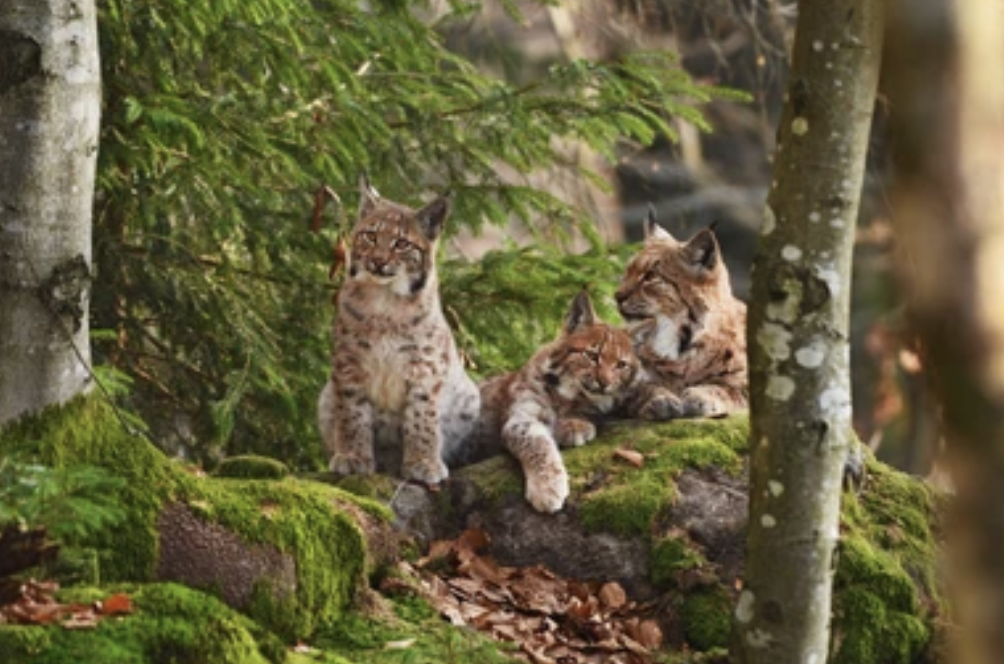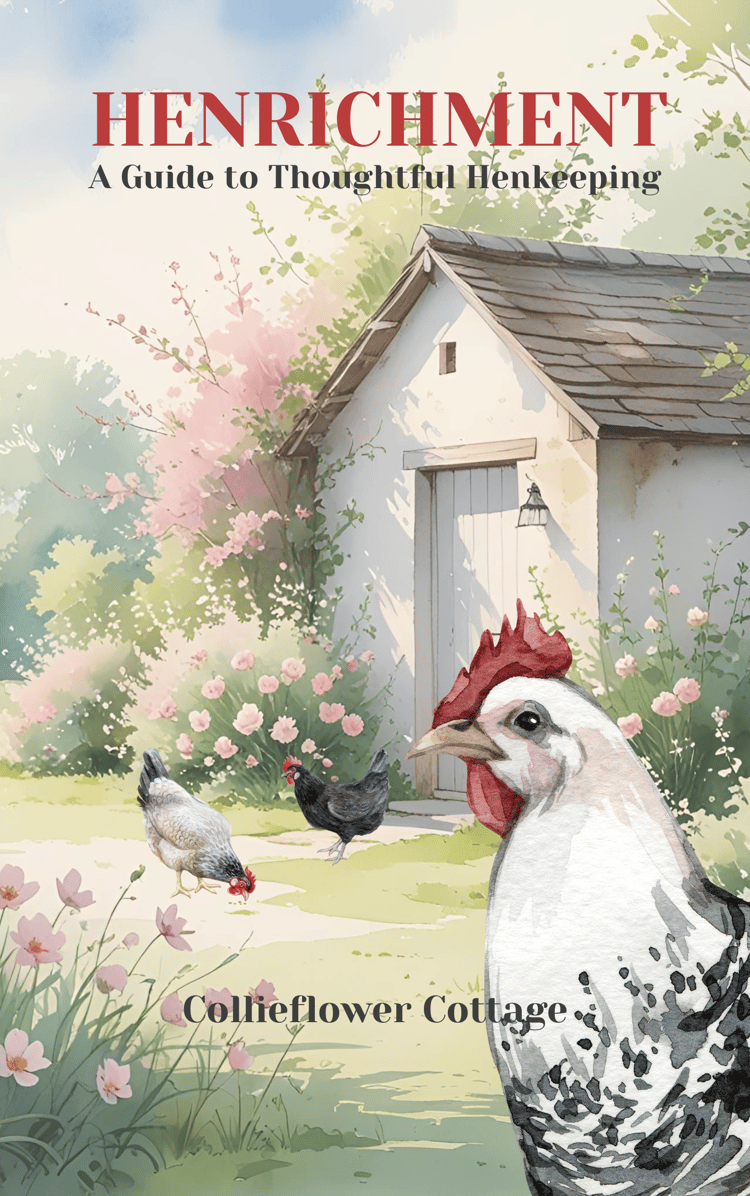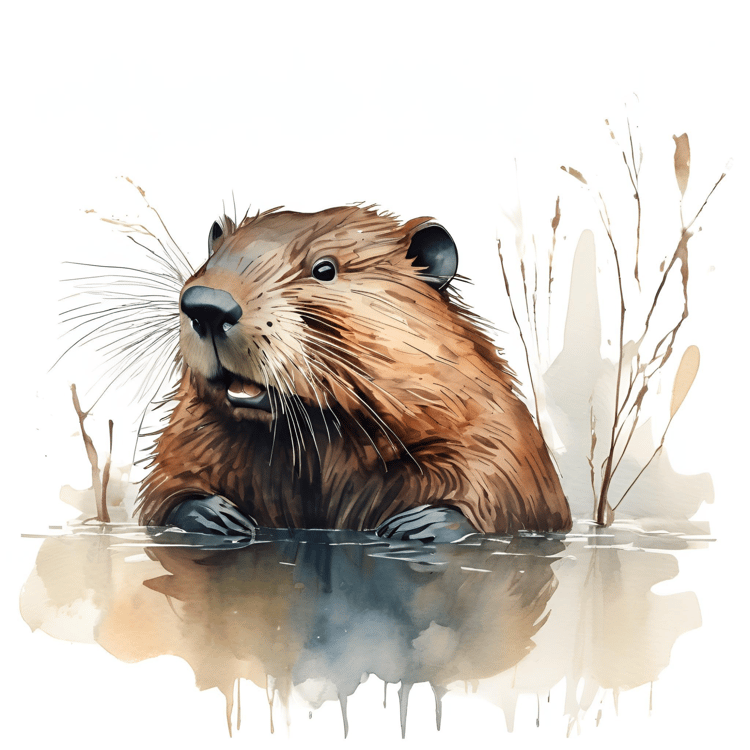Something is missing in Britain’s woodlands.
You can feel it on the forest floor, where the undergrowth grows thick and tangled. In the quiet between the trees, where nothing watches from the shadows. The lynx — native, elusive and long absent — was once part of this landscape. Not as a mythical prowler or exotic escapee. Simply woven into the rhythm of the land - until one day, it wasn’t.
It has been around 800 years since the last wild Eurasian lynx was seen in Britain. Hunted to extinction—not for being dangerous, as they rarely posed a threat to people—but for existing in a shrinking forest, as woodland was cleared and predators were persecuted. Unlike wolves or bears, lynx slipped away quietly — as cats do — and for centuries, few noticed the space they left behind.
But ecologists have noticed.
The lynx — a keystone species and specialist ambush predator — once played a crucial role in shaping woodland ecosystems. Their primary prey, deer, are now at record highs in Britain, roaming unchecked in the absence of large carnivores. This overpopulation leads to chronic overgrazing, stripping the forest floor of saplings and wildflowers, suppressing natural regeneration, and damaging the long-term resilience of native woodlands. As the understorey vanishes, so too do the species that depend on it: nightingales, dormice, insects, and the fungi that knit it all together. Remove one link, and others begin to fall — until what remains is a woodland only in name.
A year-long consultation led by the Missing Lynx Project—a partnership between the Lifescape Project charity, Northumberland Wildlife Trust, and The Wildlife Trusts—has identified Northumberland as the only area in England and Wales with sufficient continuous woodland to support a viable lynx population. Kielder Forest, in particular, offers a large, connected habitat.
The consultation surveyed 1,002 residents across Northumberland. Of those, 72% supported reintroducing lynx to the region. The process also included touring exhibitions and stakeholder meetings involving farmers, land managers, and conservationists. The results were published in a peer-reviewed paper, providing a strong scientific and social foundation for the proposal. The plan under consideration would release around 20 lynx gradually into the Kielder Forest area. If successful, the population could stabilise at approximately 50 individuals across north-west Northumberland, parts of Cumbria, and the southern Scottish Borders.
But reintroducing a carnivore—even a solitary and secretive one—is not without challenges.
The National Sheep Association has expressed significant concerns. Andrea Calvesbert, NSA policy officer, says the project “does not fully grasp the real-world implications this would have on farm businesses, livelihoods, and the mental health of farmers.” She adds that financial compensation cannot replace the distress caused by fear of predation.
Calvesbert also raised doubts about practical measures used elsewhere in Europe, such as guard dogs and electric fencing, which she says are less viable in the UK due to public rights of way across much farmland.
Dr Deborah Brady, lead ecologist for the Missing Lynx Project, acknowledges these concerns while noting that the risk to livestock is “reasonably low.” She emphasises that even one lost sheep matters and that “we need to work really closely and carefully with farmers to think about how we best approach it.”
To better understand coexistence strategies, local farmers visited established lynx habitats in Europe. Laura Harrison, a sheep farmer from near Hadrian’s Wall, described her initial scepticism: “I was quite ignorant about lynx. But I’ve learned how it’s possible to live alongside them. It isn’t chaos.” No formal licence application for reintroduction has yet been submitted. The project team stresses that the next phase involves co-developing a plan that respects local conditions, concerns, and needs.
For Mike Pratt, CEO of Northumberland Wildlife Trust, this goes beyond species restoration. “The lynx isn’t a novelty,” he said. “It’s part of the system. It helps control deer, supports woodland recovery, and its presence alone tells us something about the health of the land.”
For most people, a lynx would likely never be seen. It does not roam in packs or call across valleys. It exists on the edges of human perception — at twilight, along the tree-line, in the hush before night fully falls — soft-footed and solitary. But in its quiet way, it changes everything. Deer become more cautious, moving differently, no longer grazing young saplings to stumps. Forests begin to breathe again. With the understorey returning, so too come birds, insects, small mammals — the life that threads a woodland together.
To bring lynx back is to reweave that thread, not by force, but by allowing what once shaped this land to find its place again. It’s a shift that asks little of us, except patience — and the willingness to share space. Most will never see more than a shadow, if that. But for those who walk the woods at first light, who notice the stillness in a clearing or the sudden alertness of deer, there may come a moment — brief, breath-held, the air heavy with ancient presence — when it’s clear that something old has returned.
Our articles are free because we want as many people as possible to think about animal welfare. You can support our mission to provide sanctuary to more animals and tell more of their stories by visiting our store, sending a gift or sharing our articles on social media









Comments ()